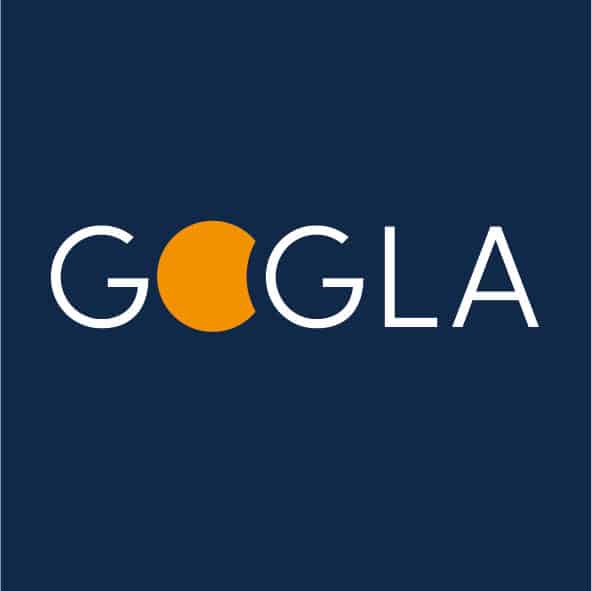GOGLA’ s Investment Database finds that total investment committed to the off-grid solar sector in 2021 amounted to $450 million, $130 million higher than in 2020. This represents a return to growth for the industry after five years of annual investment around the $300 million mark. Investment trends differ between the industry’s Big 7 companies by investment size and the rest of the companies in the industry that are in their start-up phase.
GOGLA Investments Database uses historic investment volumes to classify companies: seed/start-up ($0 – $100 million, equivalent to pre-series A to series C) and scale-up (Above $100 million, equivalent to series D and beyond). There are over 120 companies in the start-up phase and seven companies in the scale-up phase – we refer to these as “The Big 7”.
1. Capital flows hit an all-time high of $450 million in 2021
In 2021, debt commitments have shown strong growth to reach $326 million, mainly driven by large debt deals from the biggest players; equity volumes ($120 million) have returned to pre-pandemic levels, and venture building grants ($10 million) have attracted comparable volumes to those in 2019.
Figure A: Investment Amount by Investment type (Grant, Debt, Equity)

Figure B: Big 7 – Investments historically (Equity, Debt, and Grant)

On the debt side, innovative financing structures to further expand consumers’ portfolios in scaleups’ most established markets have taken place. d.light’s 2021 increase of its Kenya off-grid balance sheet structure is a good example of securitization and local currency financing.
Furthermore, the $75 million syndicated debt facility for Sun King, led by Standard Bank Group in collaboration with CDC and Norfund, shows that companies can attract a more commercial and diverse investor base when they reach a robust level of scale. The deal also demonstrates the sector’s appeal to climate-focused investors due to its alignment with their social, economic, and environmental strategies.
Equity volumes for The Big 7 grew discretely and are poised to grow further as they show profitability at the group level, enabling them to unlock a wave of investment from a new, later-stage, commercial investor base. Although not included in 2021 data, the $260 million Sun King Equity raise this year is proof of this.
3. COVID-19 negatively impacted the total investments attracted by start-up companies
Figure C: Investment trends in start-up companies (Equity, Debt, and Grant)

Start-up companies report that accessing capital has been challenging in the past year [1] resulting in some of them facing business difficulties, heightened by COVID-19. This was reflected in the total volumes of capital attracted by these players (Figure C).
In 2021, the total volume of debt provided to start-up companies bounced back [2] from the low level seen in 2020, however, it has not yet reached pre-pandemic levels. The pipeline of early-stage companies receiving debt is not increasing either: excluding earmarked relief funding deals, 30 companies received a debt investment in 2021, compared to 31 companies in 2020 and 2019.
Figure D: Number of companies receiving equity per year (per ticket size)

Regarding equity, 27 companies received $120 million equity in 2021, compared to 28 receiving $81 million in 2020, and 19 companies receiving $133 million in 2019. This is significantly below the 300 companies and $6-11 billion of investment needed [3] to achieve electricity access targets. The lack of early-stage equity has resulted in many companies being unable to grow or reach new markets.
However, the continued confidence from investors in the Big 7 could also be positive news for start-up and growth-stage companies, since early-stage capital could be released via secondary sales and equity returns can be proven.
4. 75% of venture building grant capital was focused on productive use companies and 50% of the grant [4] capital went to locally-owned companies
Seed and start-up phase off-grid solar businesses have historically relied on grant financing to refine their business models and gain the proof points required by more commercially oriented equity and debt investors. In 2021, the sector attracted around $10 million in grants, which were directed at earlier stage productive use companies and those that are locally-owned and managed.
5. Investors are bullish about their financial and impact expectations on the sector
A quarter of investors we surveyed indicated that their off-grid solar portfolio had underperformed when compared to their financial expectations in 2021. However, sector investors believe that cases of underperformance are temporary and they are bullish about the sector’s financial performance in the future: 70% anticipate their off-grid investees will perform in line with their financial expectations in 2022.
Figure E: Financial Performance of off-grid solar portfolios relative to investor expectations

Figure F: Impact Performance of off-grid solar portfolios relative to investor expectations

Conclusion:
The all-time high investment in 2021 is a major success for the industry and gives reason for optimism. It shows that the sector is resilient and has retained the confidence of a wide range of investors. There are exciting new financial instruments and new types of investors entering the market, including climate funds and commercial players. 2021 may well represent the start of a new period of growth for the industry.
However, a lack of access to finance remains an acute challenge for start-up companies. More investment, in particular patient equity, is needed to unleash the industry’s full potential to achieve climate and electricity access goals.
The database captures the investment trends over the period 2012 – 2021 and was realized with support from GET.invest, a European programme supported by the European Union, Germany, Sweden, the Netherlands, and Austria.
________________________________________

